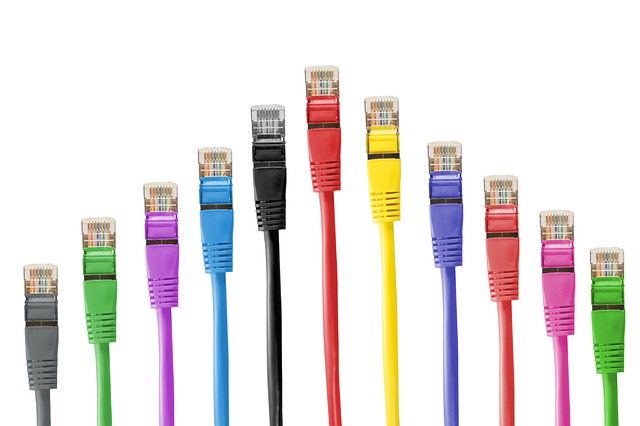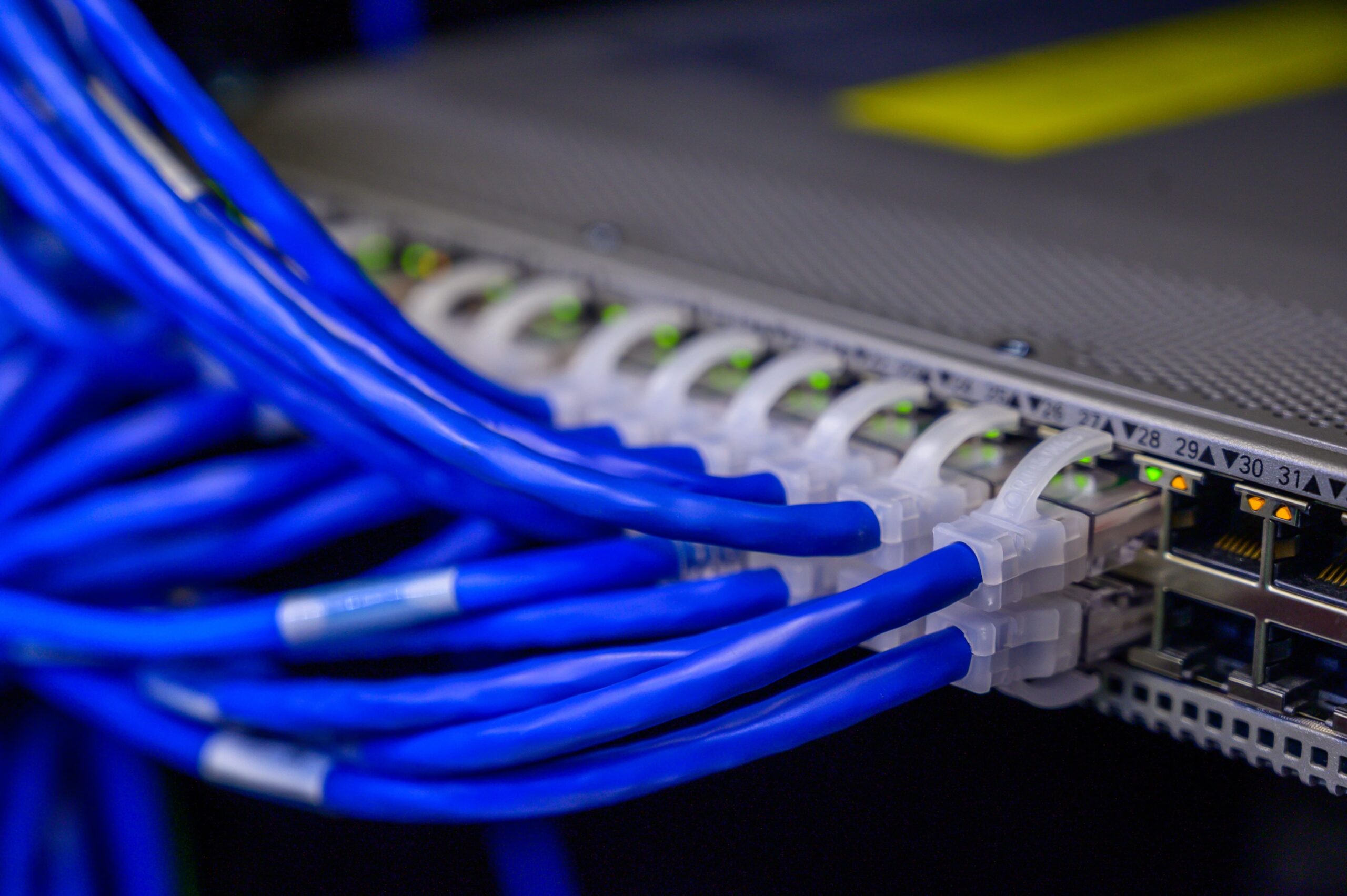Are you looking for a cabling system for any network? But you don’t clearly understand the different types of network cabling systems. I am here to help you.
Computer network data are travel from one network device to another network device through a medium like a cable connection and wireless connection. In our home networks like LAN (Local area network) and WAN (Wide Area Network) network, we use different types of network cabling. For LAN networks use a kind of cabling, other networks use different types of cabling. Mainly cabling is selected considering network topology, network protocol, etc.
Creating the backbone of the network infrastructure mostly uses common types of network cabling, which is also given below. You will learn thoroughly about the Types of network cabling used in wired technology.
Types of Network Cabling :
Twisted pair cable is the most popular cable for the computer network. It was developed for the computer network. Twisted Pair Cable is also known as Ethernet cable. Nowadays, Network administrators use this cable for LAN Network.
Twisted pair cable made by insulated color-coded copper wires. Each of the two copper wires is looped around the other. There are four pairs; each pair has one solid and striped color wire. Blue, Brown, Green, and Orange are solid colors. And the solid color is mixed with white at stripped paint. Typically copper wires are 1 mm in diameter.
Applications of Twisted Pair Cables:
- Telephone Lines
- DSL Lines
- LAN
Types of Twisted–Pair Cables

Twisted pair cables are mainly divided into two types; those are given below.
1. UTP Cables (Unshielded Twisted Pair): In the UTP cables, four pairs of copper wires are wrapped with a single plastic sheath. Using a UTP cable, both voice and data can be transmitted due to frequency range are suitable, and it’s not very expensive.
2. STP Cables (shielded Twisted Pair): In these cables, each copper wire pairs are wrapped with a metal shield after that all pairs are wrapped in a single plastic sheath. STP cable contains more materials & expensive than the UTP Cable
STP and UTP both can transmit data up to 10Gbps and use the same RJ-45 Connector. Within 100 meters, both cables are working correctly. Twisted pair cable has some standard, which is known as TIA/EIA 568.
Below the table are the popular categories of the twisted pair cable
Fiber Optic Cable:
Fiber optic cable is known as a network cable that is designed for high-performance long-distance data networking, compared to other wired cables. It provides higher bandwidth. Optical fiber consists of a center glass called core surrounded by many protective materials layers. It transmits light for communication. Nowadays, a day’s internet, television, and telephone system network are fully designed with fiber optic cables.
Types of Fiber optic cable
- Single Mode
- Multimode
Multimode cable is higher diameter than the single-mode optical fiber, but both wires can capable of high speed with high bandwidth. For long-distance communication like WAN, MAN, Campus network used single-mode fiber but is expensive. Multimode usually used for Data Center, LAN Network. Single-mode optical fiber uses WDM (Wave Length Division Multiplexing) technologies to increase data traffic.
Coaxial Cables:
Coaxial cable is another type of copper cable which has a single copper conductor at its center. The outside plastic layer provides insulation between the center conductor and braided metal shield. The metal shield helps to block outside interference.
There are two types of coaxial cabling
- Thick coaxial
- Thin coaxial
Thin coaxial cable refers to 10Base2 specifications, also called thinned. The maximum segment length is 185 meters. A thick coaxial cable is also referred to as a thicket. 10Base5 refers to the specifications for this thick coaxial cable caring Ethernet signals. And its maximum segment length 500 meters. It has an extra protective plastic cover.

3 thoughts on “What are the Types of Network Cabling”